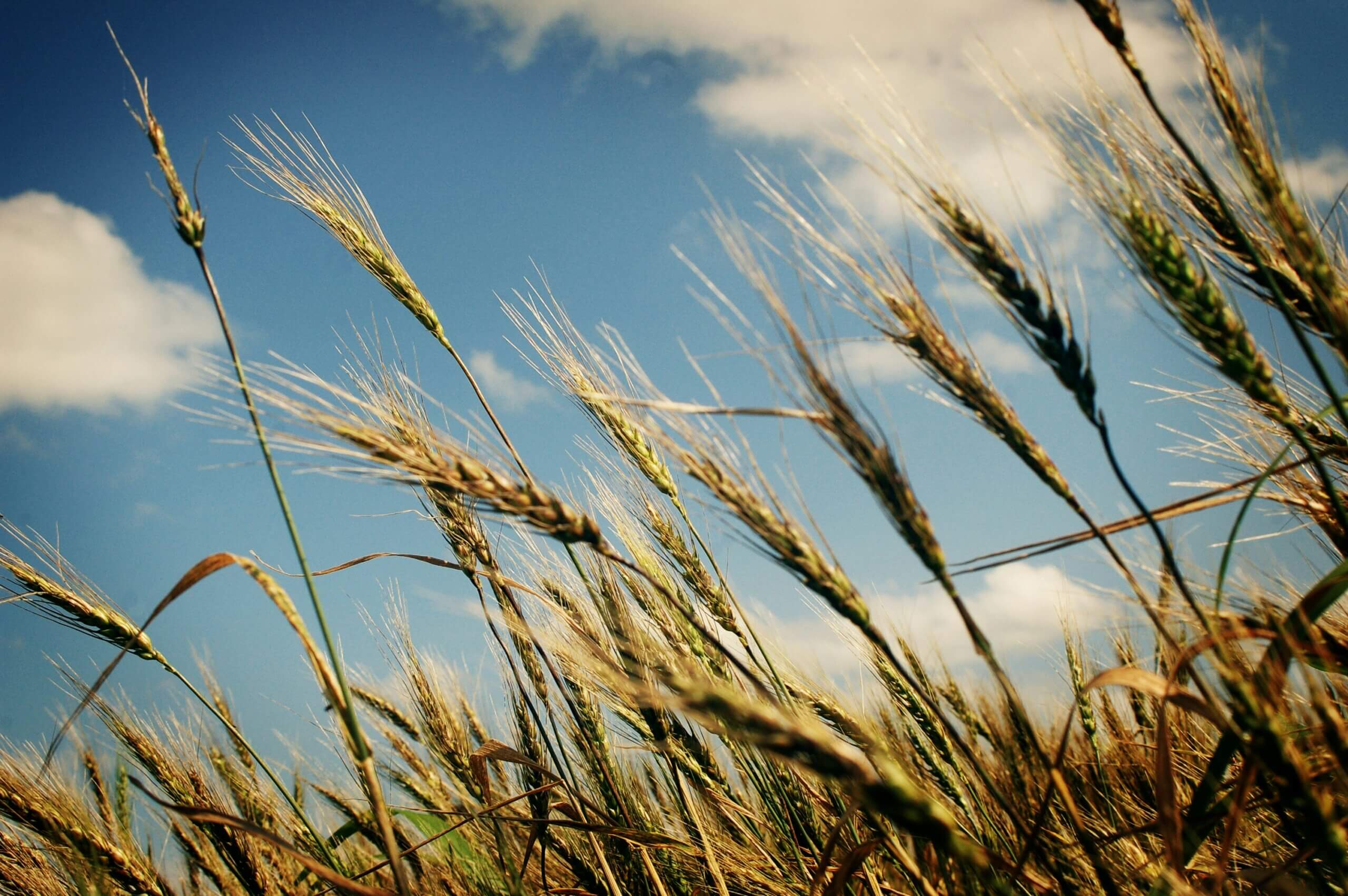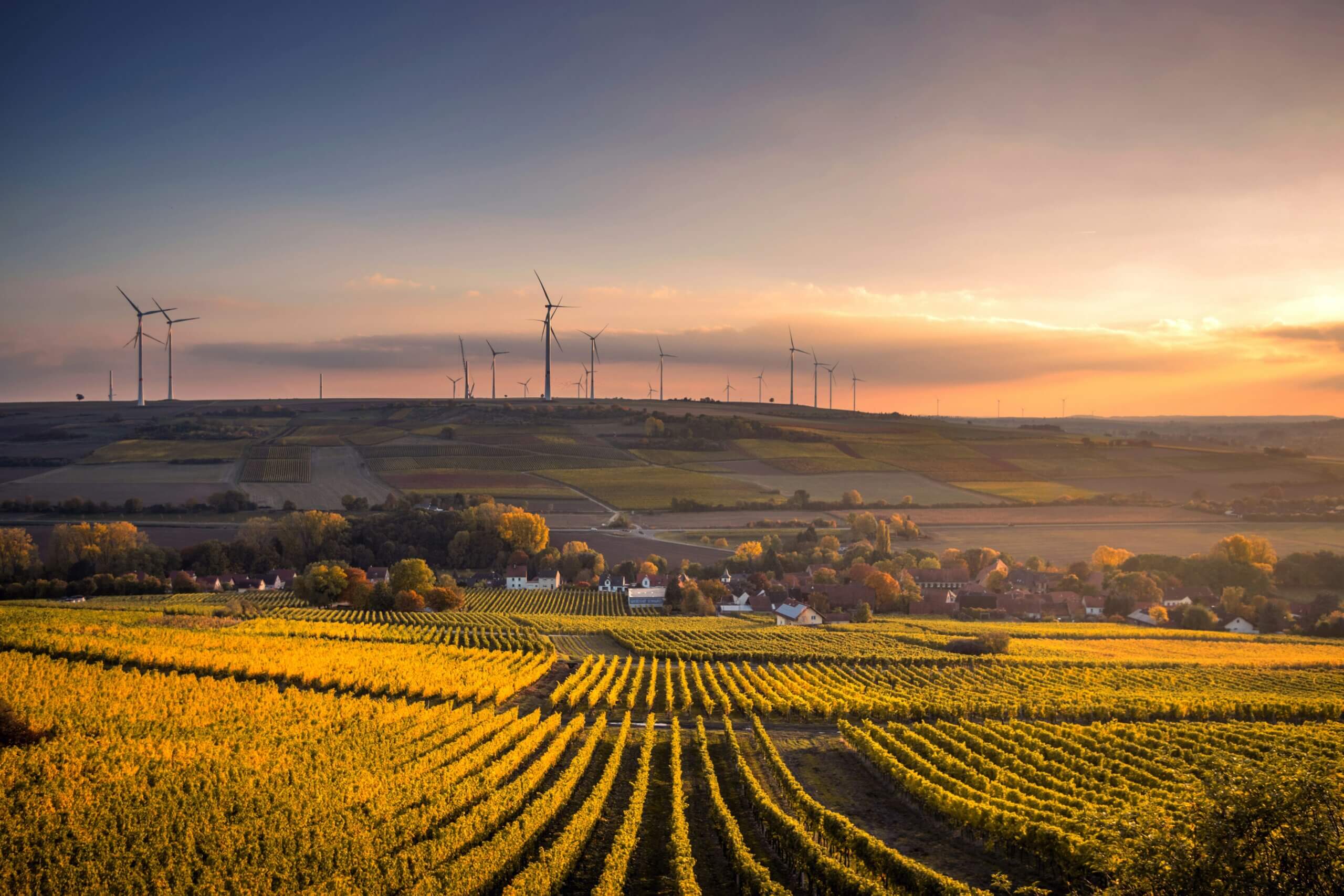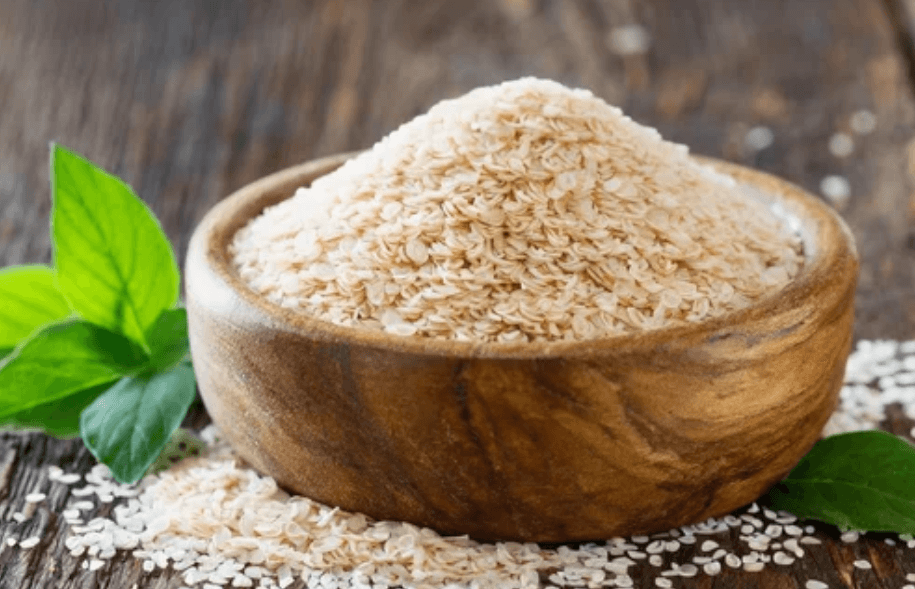In recent years, the global organic market has experienced significant growth, driven by increasing consumer awareness of health, sustainability, and environmental impact. This surge is not merely a trend but a reflection of shifting consumer preferences towards more conscious consumption habits. Let’s delve into the key trends shaping the organic market and explore the promising opportunities it presents.
1. Growth Trajectory
The organic market has been on a steady upward trajectory. According to the latest data, the global organic food and beverage market alone was valued at over $100 billion and continues to expand. This growth is fueled by a growing middle class, rising disposable incomes, and heightened awareness of food safety and quality.
2. Consumer Awareness and Demand
Consumers today are more informed about the impact of their choices on personal health and the environment. This awareness has translated into a preference for organic products perceived as safer, healthier, and more environmentally friendly. Millennials and Generation Z, in particular, are driving this demand, prioritizing sustainability and ethical practices in their purchasing decisions.
3. Expansion Beyond Food
While organic food products dominate the market, there is a notable expansion into non-food categories such as organic textiles, personal care products, and household cleaners. This diversification presents new avenues for growth and innovation within the organic sector.
4. Regulatory Support and Standards
Governments worldwide are implementing regulations and standards to ensure the authenticity and integrity of organic products. These regulations provide assurance to consumers and facilitate international trade, bolstering market growth globally.
5. Investment and Innovation
Investment in organic farming practices, technology, and distribution channels is on the rise. Innovations such as precision agriculture, blockchain for supply chain transparency, and sustainable packaging solutions are transforming the organic industry, making it more efficient and competitive.
6. Regional Dynamics
The organic market is not homogeneous but varies significantly across regions. North America and Europe remain dominant markets, but Asia-Pacific is emerging as a lucrative region due to increasing urbanization, changing dietary habits, and governmental support for organic farming.
7. Challenges and Opportunities
Despite its growth, the organic market faces challenges such as higher production costs, limited scalability for some products, and certification complexities. However, these challenges also present opportunities for research, technological advancement, and collaboration across the supply chain to overcome barriers and meet growing demand sustainably.
Conclusion
The global organic market is poised for continued expansion, driven by consumer awareness, regulatory support, and technological advancements. Businesses and entrepreneurs in the organic sector have ample opportunities to innovate, collaborate, and capitalize on this growing demand. By staying attuned to consumer preferences, embracing sustainability, and leveraging advancements in agriculture and technology, stakeholders can navigate challenges and thrive in the dynamic landscape of the organic market.
In essence, the organic market is not just a sector but a reflection of a broader shift towards more mindful consumption—a trend that promises to shape the future of food and consumer goods globally.






